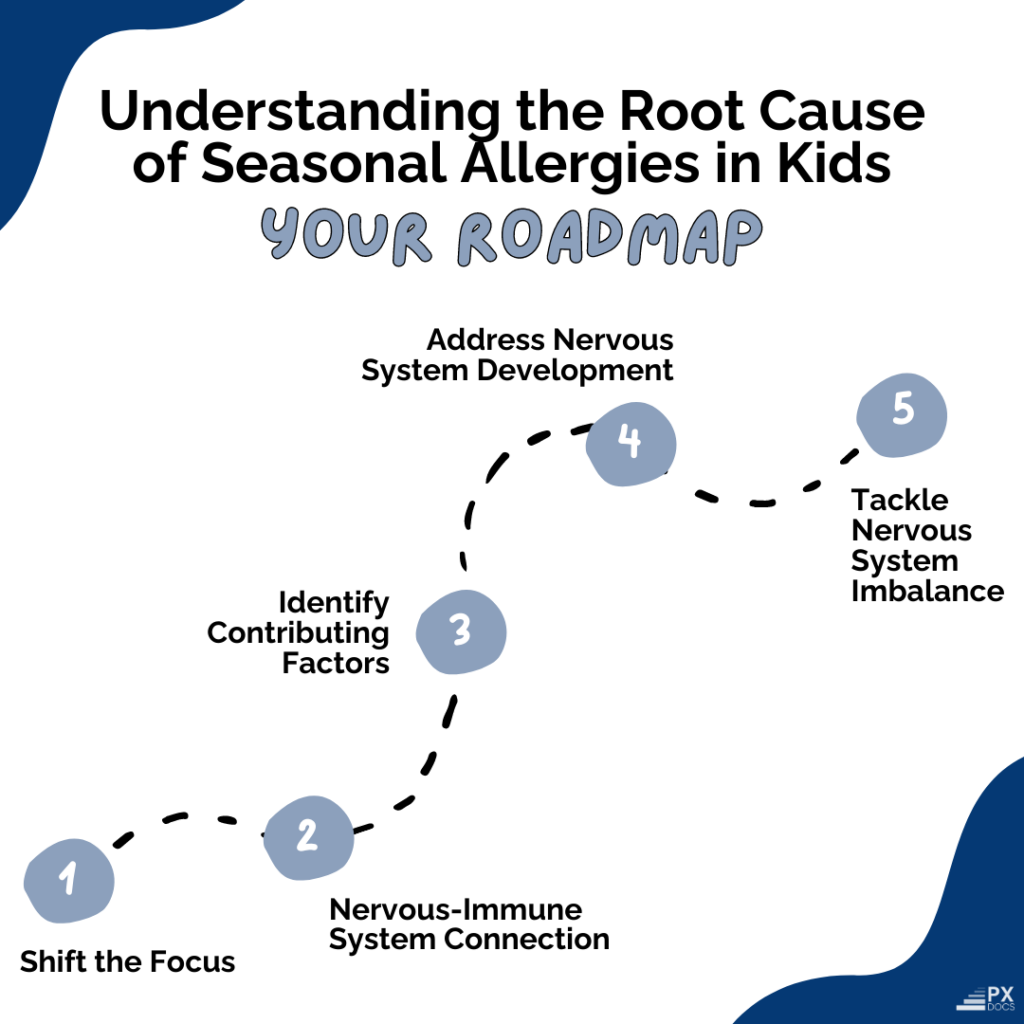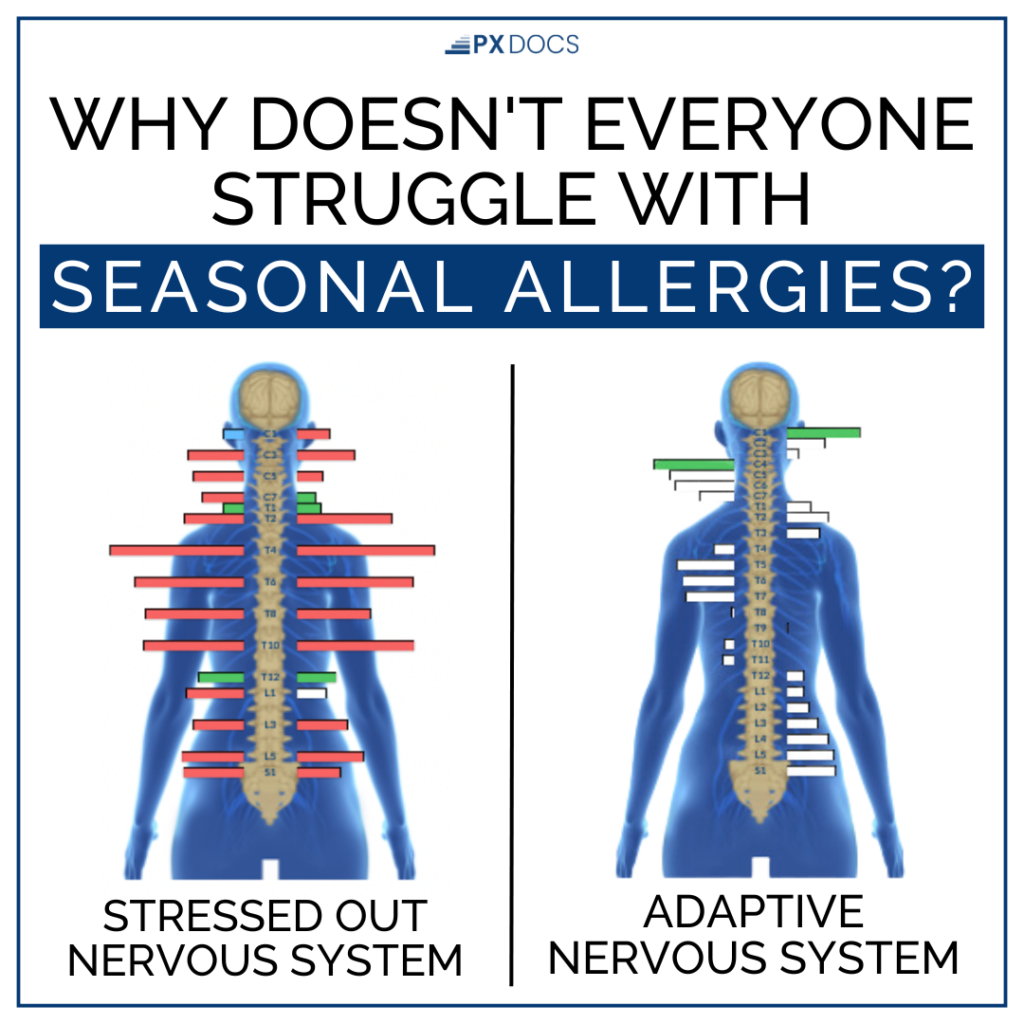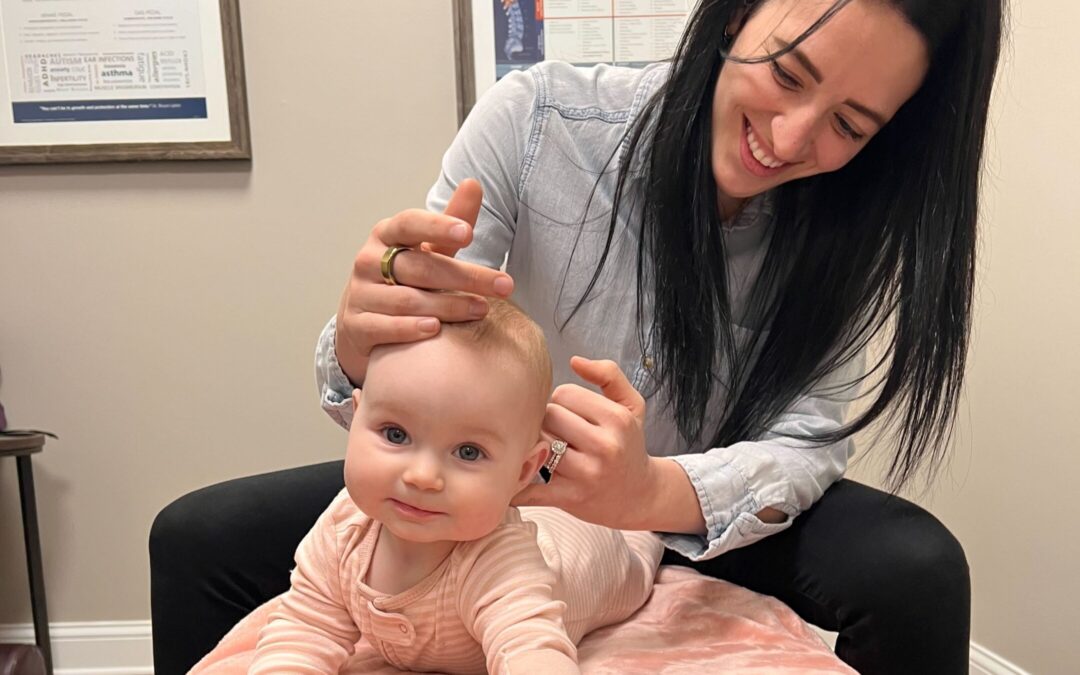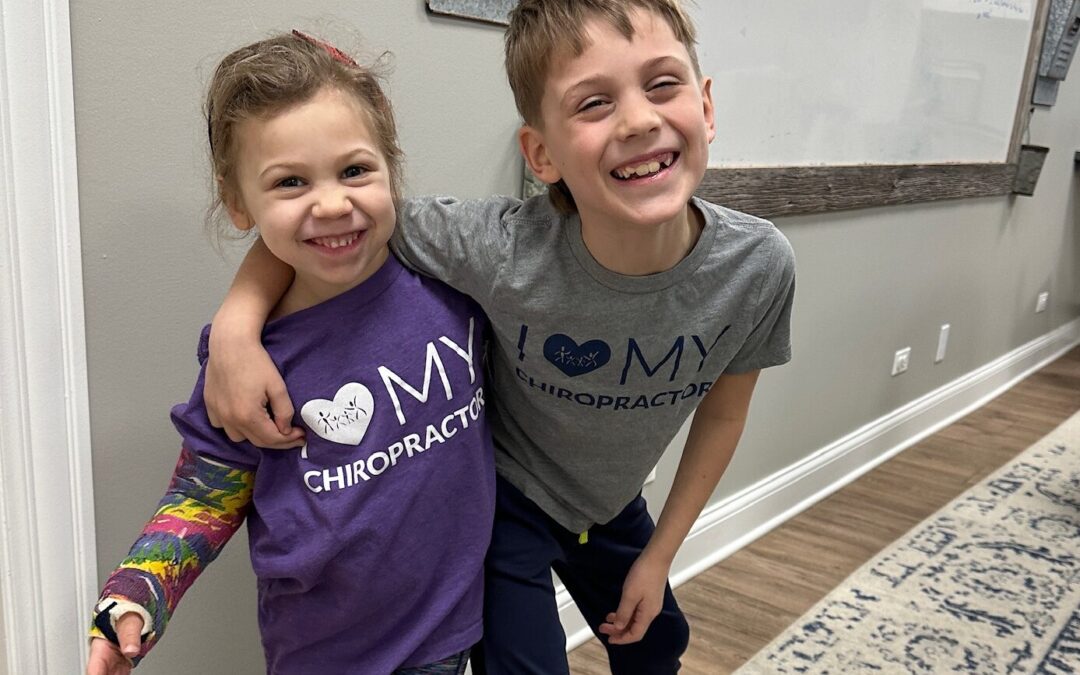Kylie was dealing with a relentless cycle of congestion, a perpetually runny nose, and seasonal allergies. Her parents were determined to find a solution to alleviate her suffering. They explored countless holistic protocols and experimented with various supplements, which provided some relief, but it felt like a crucial piece of the puzzle was missing.
Watching her struggle with extreme seasonal allergies was tough, so Kylie’s parents were determined to uncover this missing link that would help them get to the root cause. Little did they know that their journey to understanding her struggles would open their eyes to a whole new world of seasonal allergy management.
What are Seasonal Allergies?
Seasonal allergies, also known as hay fever or allergic rhinitis, are allergic reactions that occur during specific times of the year. They are triggered by environmental factors such as pollen from trees, grasses, and weeds. While anyone can develop seasonal allergies, children are at more risk since their immune system is still developing.
Unfortunately, kids today are at greater risk of seasonal allergies than ever before due to the decline in their overall health. The increase in rates of obesity, inflammatory conditions, and even neurodevelopmental challenges in kids today all play a role in increasing their struggles with seasonal allergies and related symptoms.
Repeated exposure to allergens like pollen is necessary for the immune system to develop a hypersensitivity response. This means that after multiple encounters with a specific allergen, such as birch tree pollen, the body’s immune system mistakenly perceives it as a threat. As a result, the immune system releases antibodies that attack the allergens within the pollen, triggering the release of histamines in the blood.
Signs and Symptoms of Seasonal Allergies
Recognizing the signs of seasonal allergies in children is important so that parents can determine whether their child is dealing with a common cold or ear infection or truly suffering from seasonal allergies. We encourage parents to keep an eye out for the following symptoms:
- Sneezing: Frequent and repetitive sneezing, especially during specific times of the year, may indicate seasonal allergies.
- Itchy/Runny Nose: Persistent itching or a constantly runny nose, even without a cold, can be a sign of allergies.
- Nasal Congestion: Difficulty breathing through the nose due to nasal congestion is a common symptom of seasonal allergies.
- Scratchy Throat: An itchy or scratchy throat can accompany other allergy symptoms in children.
- Postnasal Drip: The sensation of mucus dripping down the back of the throat can be indicative of allergies.
- Fatigue: Seasonal allergies can cause fatigue and a general feeling of low energy.
- Poor Concentration: Allergy symptoms can impact a child’s ability to concentrate and focus on daily activities.
- Increase in Ear and Sinus Infections: Seasonal allergies may make children more prone to ear and sinus infections.
If you notice these symptoms occurring around the same time each year, your child is likely affected by seasonal allergies. If that’s the case, you’ll want to use the resources in this article to address their root cause directly, deploying natural solutions to strengthen your child’s neuro-immune system so that over time, they can experience fewer allergy symptoms and a more enjoyable quality of life during those seasons.
Causes of Seasonal Allergies

While traditional medicine still views the primary cause of seasonal allergies to be the mere exposure to pollen and certain allergens, the answer to what causes the symptoms and health challenges lies within immune system dysfunction.
If we continue to view the pollen or allergens themselves as the primary problem, then avoiding them by avoiding going outside during the most beautiful and enjoyable times of the year will greatly limit the quality of life for kids and individuals with seasonal allergies.
While it’s totally normal for everyone, especially children with developing immune systems, to get a bit of a stuffy nose or chest congestion during seasonal shifts and times of high pollen counts, it’s not normal to develop seasonal allergies.
For individuals with allergies, their immune system mistakes the pollen as dangerous, leading to an allergic inflammatory response. When the immune system identifies an allergen, it produces histamines as a defense mechanism.
Histamines are responsible for the typical symptoms associated with seasonal allergies, such as sneezing, itchy or runny nose, nasal congestion, scratchy throat, postnasal drip, fatigue, poor concentration, and an increased susceptibility to ear and sinus infections.
The Difference Between Spring and Fall Allergies
While most seasonal allergy sufferers struggle in both spring and fall, there are some key differences based upon what someone is most allergic to.
Tree pollen is the most common spring allergy, as dormant trees come alive and release pollen into the air. Unfortunately, pollen can trigger an allergic response in kids and people with dysfunctional immune systems and neurological imbalances.
In the fall, ragweed pollen, which is released most commonly from August to November, is the source of many common allergy symptoms during that season. Typically, ragweed pollen counts are the highest in mid-September.
Mold is also a typical trigger for fall allergies, as it thrives in moist, damp environments. The rotting leaves of fall provide a perfect home for mold growth, which releases spores into the air. These tiny spores can cause nasal congestion, runny noses, sneezing, and watery, itchy eyes for those who struggle with seasonal allergies.
The Neurological Connection to Seasonal Allergies
The number one thing that makes our work as PX Docs different is that we keep digging until we get to the real root cause instead of just focusing on the symptoms of a condition. So in the case of seasonal allergies, this means we need to determine what is causing the underlying immune system dysfunction and hypersensitivity.
This is where the allergy conversation needs to shift from looking at the immune system only, and instead focus on the connection between the nervous system and the immune system.
While most natural health experts point to toxins and other pro-inflammatory elements of the environment, such as gluten and dairy, as additional factors here, we also must look at the role that increased exposure to stress and altered neurological development play.
A crucial and easily overlooked component that may contribute to the development of seasonal allergies in kids, is that the central and autonomic nervous system must properly develop first in order for the immune system to function appropriately as well. Meaning, for many children the real root cause of their seasonal allergies symptoms and immune system hypersensitivity is often an overstressed and imbalanced nervous system.
This dysfunction and imbalance of the nervous system is called subluxation and is often first triggered and caused by things such as excessive stress or anxiety during the prenatal period, as well as birth interventions and physical trauma to the head, neck, and vagus nerve from things such as forceps, vacuum, induction, or c-section delivery.
Birth interventions not only disrupt the development of the gut microbiome but can also alter the function of the vagus nerve, which is an essential part of the signaling and communication between the nervous system, gut, and immune system.
If the core neurological dysfunction, a condition known as dysautonomia, is not also directly addressed, then the child’s immune system will stay in a pro-inflammatory and hypersensitive state at all times, continually creating this overreaction to common things like pollen and other allergens.
When the sympathetic nervous system is stuck in overdrive and overstimulated, which is the most common presentation for kids with dysautonomia and subluxation, excessive stress hormones like cortisol are produced. This weakens the immune system and allows an excessive inflammatory response to more easily be triggered.

How To Avoid Allergy Triggers
While taking measures like staying indoors, keeping the windows closed, cleaning HVAC filters, tracking pollen levels, and taking immune system suppressing medications are the most common things allergy sufferers are told to do, good health does not come from avoiding things, but rather from overcoming them.
By the time we meet most of our allergy patients and they’re ready to give natural health solutions a try, they’ve not only exhausted all the over-the-counter and even prescription medical options, but they’re exhausted and tired of the restrictions on their quality of life as well.
That is why taking the neurologically-focused and natural health approach that we guide our patients through as PX Docs is so exciting to those struggling with seasonal allergies! Not only is this a new path and approach for them to address the root cause head on, but instead of being filled with unwanted side effects like allergy medications are, our care options only improve their health and resiliency in many other ways as well.
Natural Health Options for Seasonal Allergies
When it comes to addressing seasonal allergies, Neurologically-Focused Chiropractic Care seeks to address the neurological and immune system dysfunction head on.
Our PX Docs Care Plans seek to restore balance to the autonomic nervous system, activating and stimulating the vagus nerve and parasympathetic nervous system so that, in turn, we can decrease the overactive and overstressed sympathetic nervous system that is so often “stuck on” in patients struggling with seasonal allergies.
Neurologically-Focused Chiropractic Care does not seek to treat or cure seasonal allergies but instead works to rebuild and restore optimal neurological and immune system function. By identifying and addressing any disturbances that may hinder the body’s optimal functioning, our care can support the immune system in maintaining balance and lead to a more accurate and efficient response to allergens.
This natural and neurologically-focused approach to caring for seasonal allergies not only addresses their root cause head on, but it helps kids and families avoid the unwanted side effects of allergy medications. Common side effects of these medications include drowsiness, fatigue, and constipation, but they also can lead to increased behavior and emotional dysregulation problems since they stimulate an already overstimulated sympathetic nervous system.
When Kylie came into a PX Doc office for care, her nervous system scans revealed stress and tension in her body, which was negatively affecting her nasal passages and immune system’s functionality. However, with the introduction of gentle chiropractic adjustments, the accumulated tension and stress began to dissipate, providing her body the opportunity to clear out her sinuses effectively.
Through consistent chiropractic care, Kylie experienced improvements in her overall well-being, especially newfound relief from allergies and chronic sinus issues. Her runny nose disappeared, and she was even able to reduce her dependence on supplements. The transformation allowed Kylie to embrace life fully, enjoy warm weather, and play outdoors with her friends and brother, all while feeling internally and externally content and healthy.
Get Help Today
Seasonal allergies can disrupt the joy of outdoor activities and everyday life for children. Fortunately, with the right care and guidance, it is possible to overcome these immune system dysfunctions and imbalances, and help your child enjoy the changing seasons without discomfort and constant congestion!
At PX Docs, our experts specialize in providing comprehensive care for children with seasonal allergies. If your child is struggling with seasonal allergies, don’t hesitate to find a PX Doc near you and discover the relief they deserve.
To find your local PX Doc, visit our directory here.





